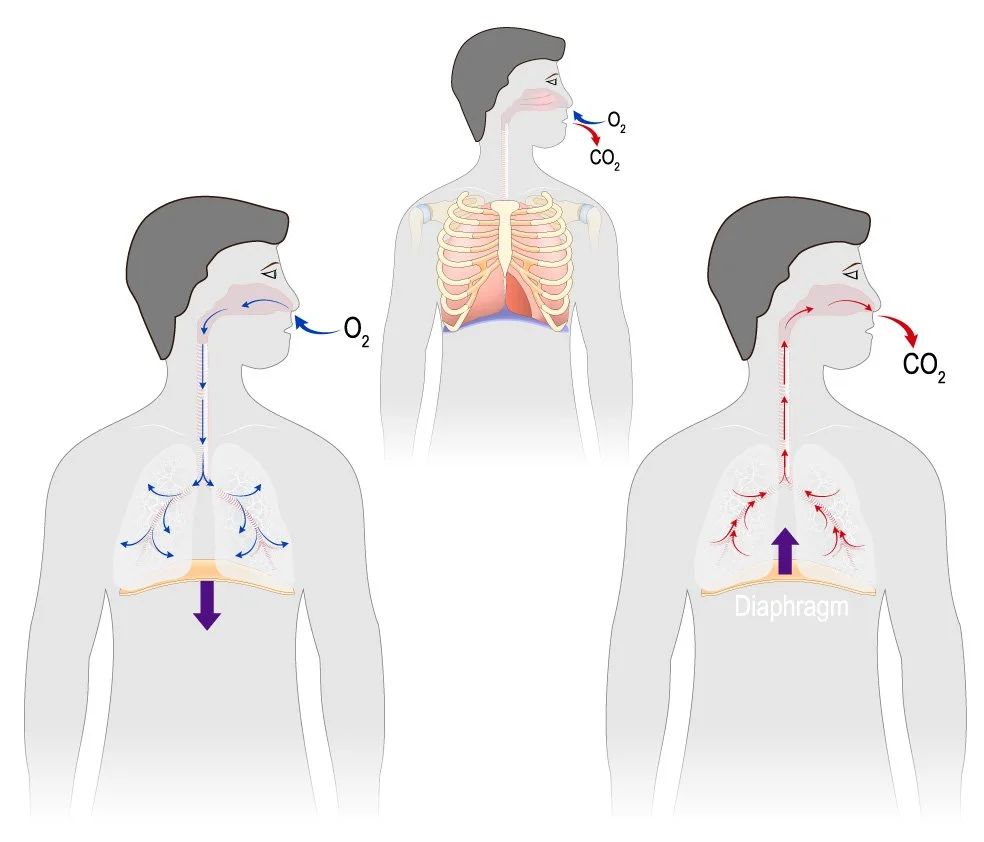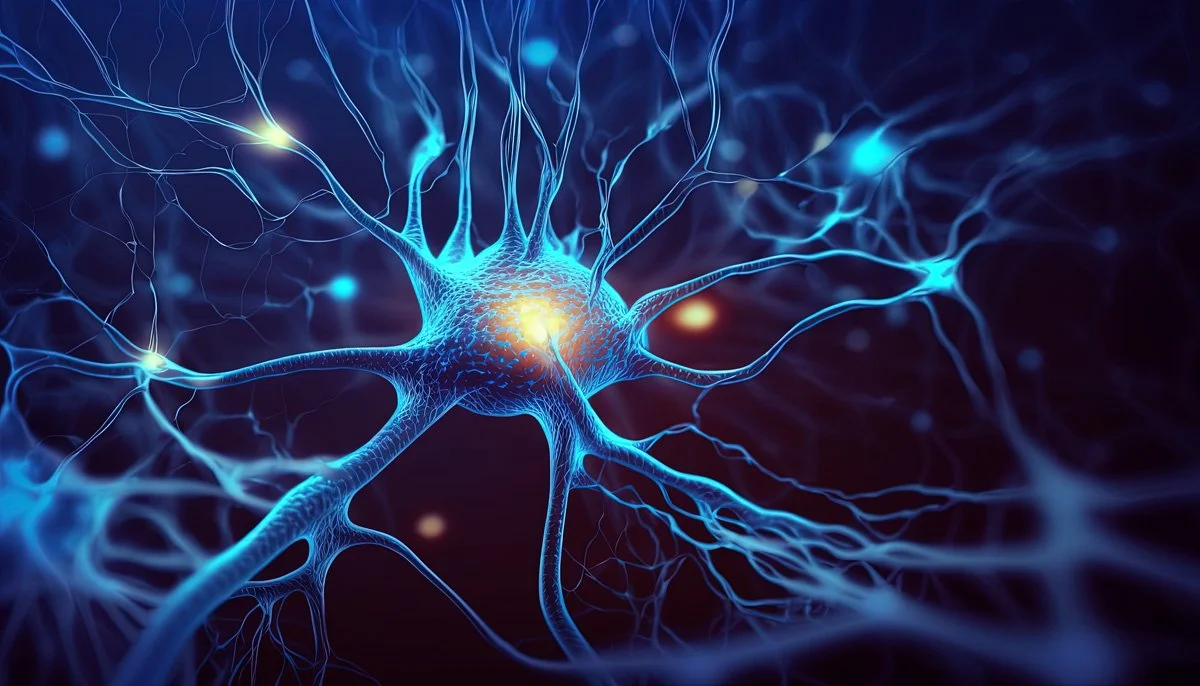
The Science of Breathwork
Backed by Research. Rooted in History. Designed for Well-Being.
At Catalyst BreathWorks, we know that the breath is more than just life’s rhythm—it’s a powerful tool for transformation, supported by both ancient wisdom and modern science. While breathwork may feel like a new wellness trend, its roots trace back thousands of years across cultures and healing traditions. Today, science is catching up to what practitioners have known all along: intentional breathing can significantly improve mental, emotional, and physical health.
A Brief History
Breath-centered practices have existed for millennia. From pranayama in ancient yogic traditions to the controlled breath patterns in Buddhist meditation, the breath has long been seen as a bridge between body and mind. Indigenous cultures across the globe have used breath in ceremony, healing, and altered states of consciousness. While the techniques may differ, the underlying truth remains the same: the breath is a gateway to presence, healing, and vitality.
Modern Science Validates Ancient Wisdom
Decades of scientific research now affirm that conscious, controlled breathing has profound impacts on our health:
Nervous System Regulation:
Studies show that specific breath patterns can quickly activate the parasympathetic nervous system—the body’s rest-and-digest mode—helping reduce anxiety, lower heart rate, and promote a sense of calm. (Jerath et al., 2006; Porges, 2011)Stress Reduction & Emotional Regulation:
A 2017 study published in Frontiers in Psychology demonstrated that participants who practiced slow, paced breathing experienced significantly lower cortisol levels (the primary stress hormone) and improved mood. Breathwork has also been linked to decreased symptoms of PTSD and chronic anxiety. (Zaccaro et al., 2018)Enhanced Mental Clarity & Focus:
Controlled breathing techniques increase oxygen and circulation to the brain, which supports better cognitive function, decision-making, and emotional resilience. (Streeter et al., 2012)Improved Physical Health:
Breathwork has been shown to strengthen lung capacity, improve heart rate variability (a key marker of cardiovascular health), and support immune system function by reducing systemic inflammation. (Hopper et al., 2019; Brown & Gerbarg, 2005)
Breathwork is Safe and Accessible
For most people, breathwork is not only highly effective—it’s remarkably safe. Studies confirm that when guided by trained facilitators, breathwork poses minimal risk and offers substantial benefits for a wide range of individuals, from corporate teams to trauma survivors. However, because breathwork can bring up intense physical or emotional experiences, it’s important to practice in supportive, properly guided settings—exactly what Catalyst BreathWorks provides.
““The breath is the remote control of the brain.” – Dr. Patricia Gerbarg, MD, Assistant Clinical Professor of Psychiatry, ”
Why Breathwork Works
Our breath is the only automatic function of the body that we can consciously control. When we intentionally change our breathing pattern, we send signals to the brain that can shift our emotional and physiological state. This direct link between breathing and the autonomic nervous system is what makes breathwork such a fast-acting and powerful modality.
Breathwork has been found to:
Regulate the nervous system
Reduce inflammation
Balance oxygen and carbon dioxide levels
Release stored emotional patterns and trauma
Promote neuroplasticity and new thought patterns
These are not just subjective experiences—they’re measurable changes happening in the body.
The Emerging Frontier
While ancient practitioners discovered the power of breath through intuition and experience, today's scientists are using tools like EEGs, fMRIs, and heart rate monitors to measure its effects. Breathwork is increasingly being integrated into hospitals, therapy, and corporate wellness programs as a science-backed intervention for stress, burnout, and chronic illness.
“Conscious breathing is the key to mastering stress and enhancing health.”
The Physiology of Breathwork
Understanding How Breathwork Transforms Body and Mind
The Science of Breath and Gas Exchange
Your breath does more than just keep you alive—it directly affects your health, emotions, and performance. Every time you inhale, your lungs take in oxygen (O₂). When you exhale, you release carbon dioxide (CO₂), a byproduct of metabolism.
Why CO₂ Matters
Most people think CO₂ is simply waste, but it's actually essential for oxygen delivery. This is due to the Bohr Effect:
Oxygen binds to hemoglobin in the blood.
CO₂ helps release oxygen from hemoglobin to your tissues.
Over-breathing (rapid, shallow breathing) can lower CO₂ levels too much, reducing oxygen delivery and causing dizziness, anxiety, and fatigue.
When breathing is properly regulated, CO₂ levels stay balanced, ensuring oxygen reaches the brain, muscles, and organs efficiently.
Breathwork and the Nervous System
Your breathing pattern directly controls your autonomic nervous system (ANS):
Fast, shallow breathing:
Activates the sympathetic nervous system (fight-or-flight)Slow, deep breathing:
Activates the parasympathetic nervous system (rest-and-digest)
Why This Matters
Intentional breathwork can rapidly shift you from a stressed state to a calm one, lowering heart rate and stress hormones like cortisol. This makes breathwork a powerful tool for emotional regulation, anxiety reduction, and overall resilience.
Breathwork and Blood pH
CO₂ also regulates your blood pH:
CO₂ + water in the blood forms carbonic acid.
When you over-breathe, you lose too much CO₂, causing respiratory alkalosis (temporary high blood pH).
Breath Styles and Effects
Fast, rhythmic breathwork:
Temporarily shifts blood chemistry, sometimes inducing emotional release or altered states.Slow, diaphragmatic breathwork:
Restores balance, optimizes oxygen delivery, and calms the nervous system.
Heart Rate Variability (HRV)
Heart Rate Variability is a measure of how well your body can adapt to stress.
Higher HRV: Indicates resilience and good nervous system balance.
Lower HRV: Indicates chronic stress or poor recovery.
Breathwork, especially slow breathing at 5-6 breaths per minute, can significantly increase HRV, leading to improved mental clarity, emotional stability, and overall well-being.

Your Breath Is a Catalyst
At Catalyst BreathWorks, we offer safe, expertly guided breathwork experiences that are informed by both tradition and science. Whether you’re looking to reduce stress, increase focus, build resilience, or simply reconnect with yourself, breathwork is a powerful, accessible, and evidence-based tool to support your journey.
Ready to Experience the Science in Action?






